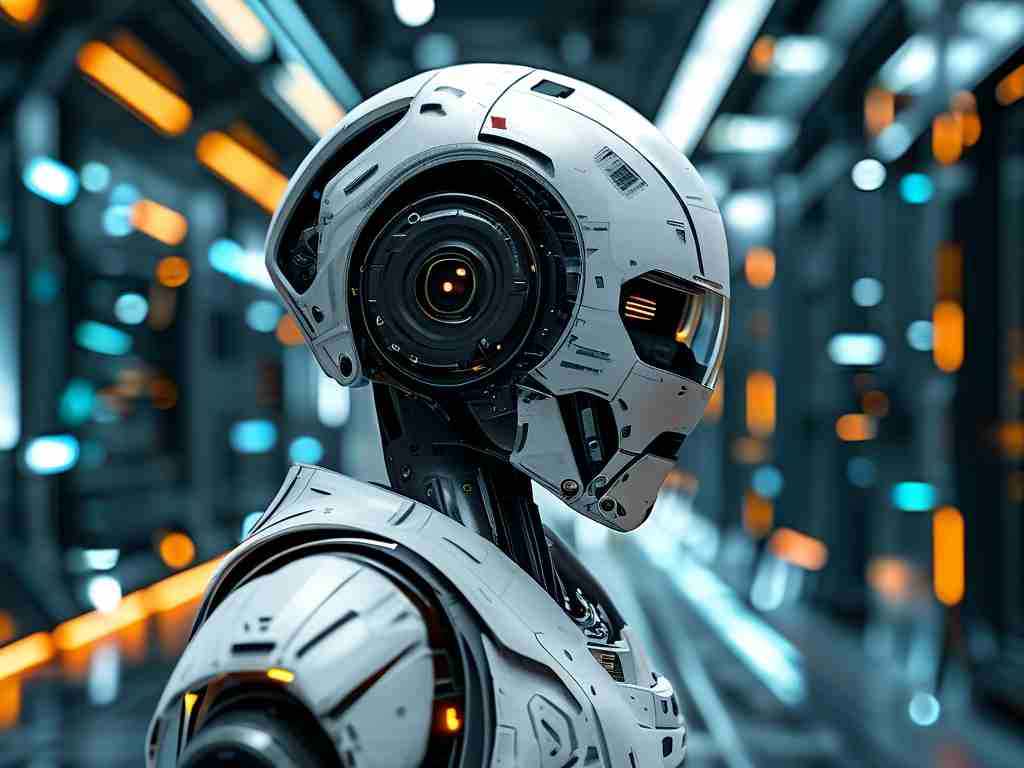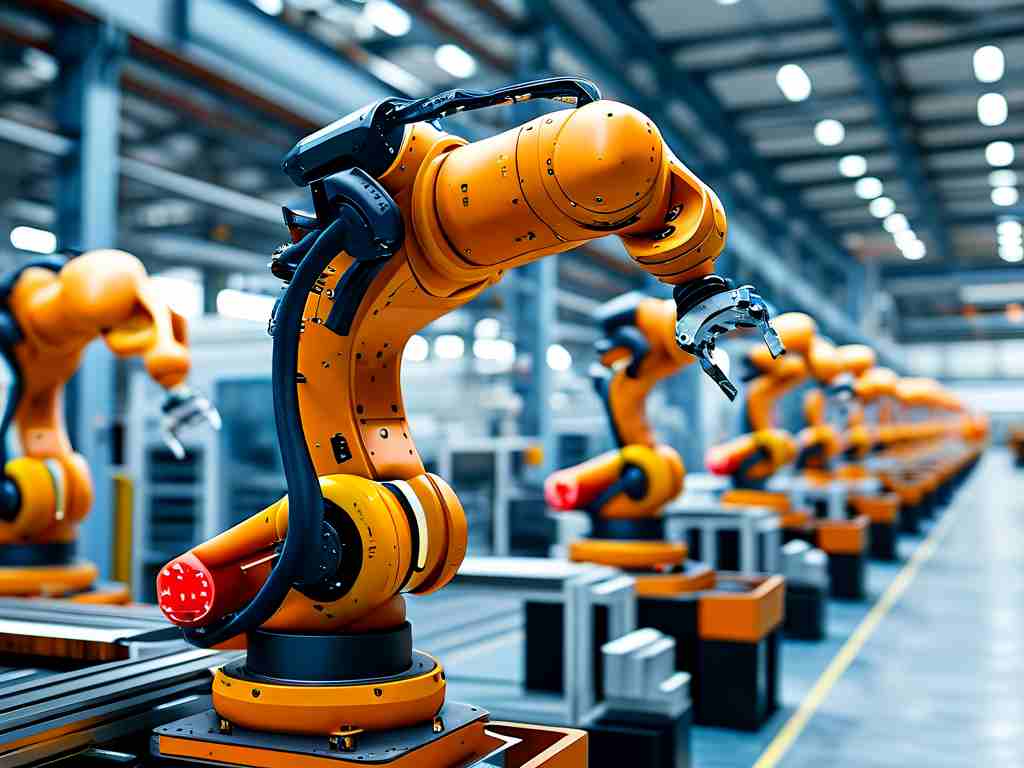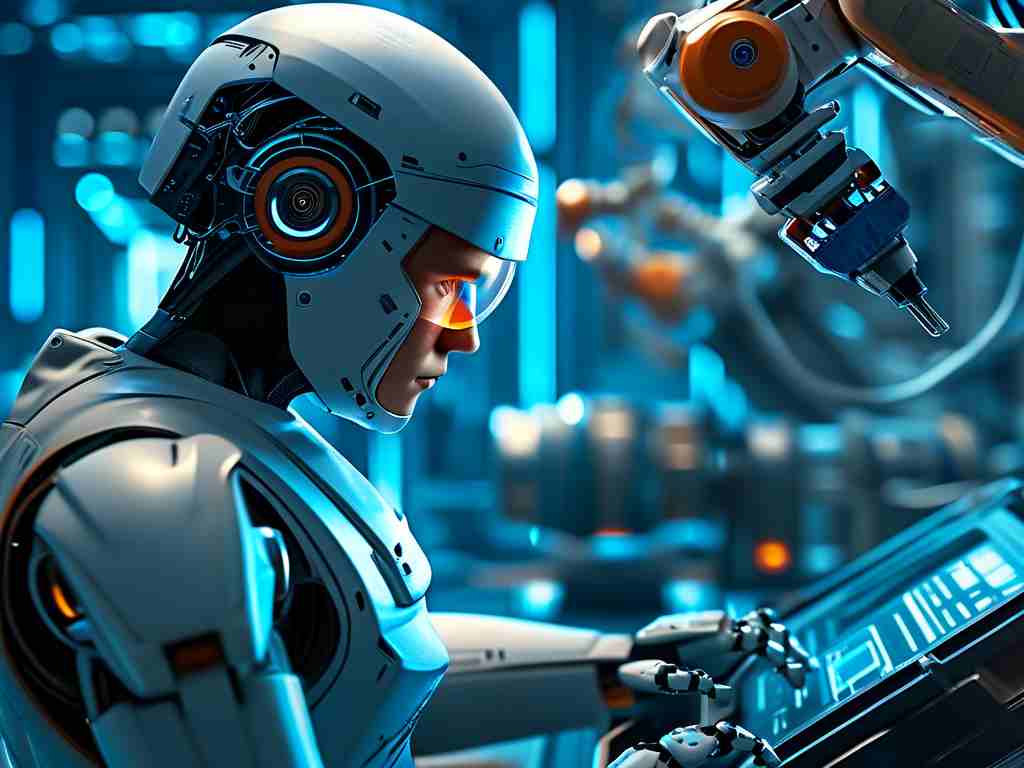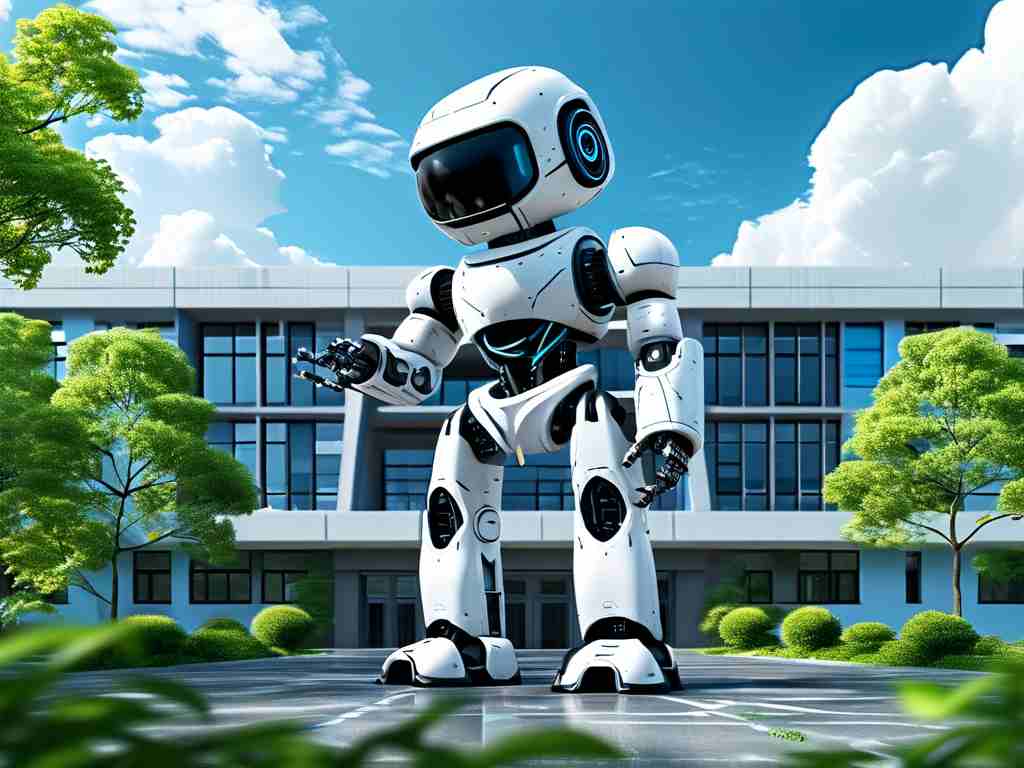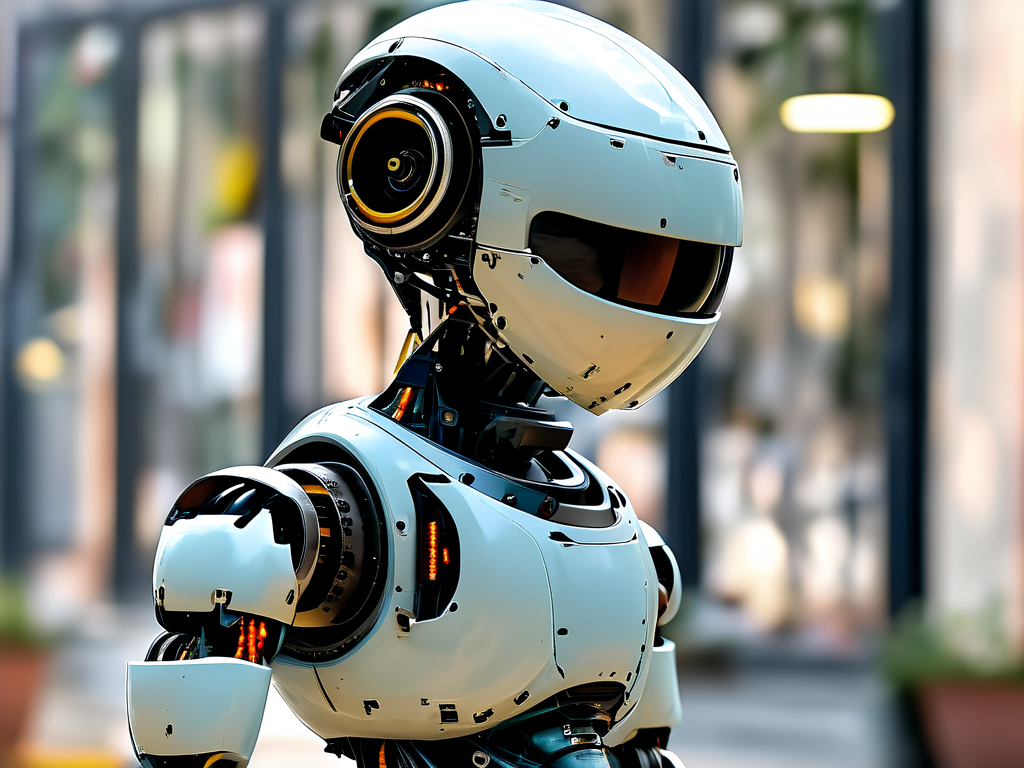The rapid evolution of robotics technology has positioned it as a cornerstone of modern innovation, reshaping industries from healthcare to manufacturing. Cultivating expertise in robotics is no longer a niche pursuit but a global imperative. This article explores the multifaceted journey of nurturing robotics talent, the challenges faced, and the transformative potential of a robotics-driven future.
The Rise of Robotics in the 21st Century
Robotics has transitioned from science fiction to an everyday reality. Autonomous drones deliver packages, surgical robots assist in complex operations, and industrial robots optimize production lines. According to the International Federation of Robotics, over 3 million industrial robots are currently in operation worldwide, with adoption rates growing by 12% annually. This surge underscores the urgent need to develop a skilled workforce capable of designing, programming, and maintaining these systems.
Building Foundations: Education and Training
The cultivation of robotics expertise begins with education. Schools and universities are integrating robotics into curricula at an unprecedented pace. For instance, STEM (Science, Technology, Engineering, and Mathematics) programs now emphasize hands-on robotics projects to foster problem-solving skills. Coding platforms like Arduino and Raspberry Pi have democratized access to robotics prototyping, enabling students as young as ten to build functional robots.
However, disparities persist. Developing nations often lack infrastructure for advanced robotics training, creating a global skills gap. Initiatives like UNESCO’s “Robotics for All” aim to bridge this divide by providing open-source resources and low-cost kits. Equally critical is upskilling existing professionals; online platforms like Coursera and edX offer certifications in AI and robotics, empowering career transitions.
Collaboration Across Disciplines
Robotics is inherently interdisciplinary, merging mechanical engineering, computer science, and cognitive psychology. Successful robotics programs encourage collaboration between these fields. At MIT’s Computer Science and Artificial Intelligence Laboratory (CSAIL), biologists work alongside engineers to develop bio-inspired robots, such as robotic cheetahs that mimic animal locomotion. Similarly, ethicists contribute to discussions on AI morality, ensuring robots align with human values.
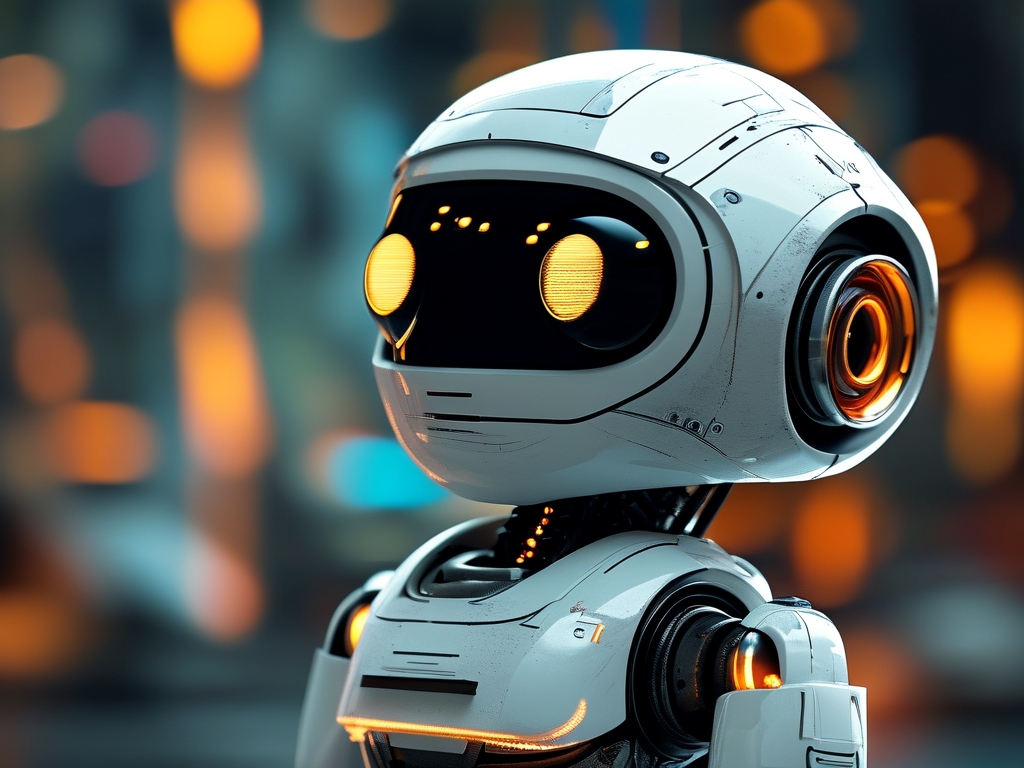
Industry-academia partnerships also play a pivotal role. Companies like Boston Dynamics and Tesla sponsor university research, providing real-world challenges and funding. These collaborations accelerate innovation while preparing students for industry demands.
Ethical and Societal Considerations
As robotics permeates daily life, ethical dilemmas emerge. Autonomous weapons, job displacement due to automation, and data privacy concerns require careful navigation. Cultivating robotics talent must include ethics education. Stanford University’s “AI and Ethics” course, for example, trains engineers to evaluate the societal impact of their designs. Policymakers, too, must engage with technologists to draft regulations that balance innovation with accountability.
The Road Ahead: Challenges and Opportunities
Despite progress, challenges remain. Funding gaps, especially for experimental projects, hinder breakthroughs. Gender imbalance is another issue: women constitute only 22% of AI professionals globally, according to the World Economic Forum. Outreach programs targeting underrepresented groups, such as Girls Who Code, are vital to diversifying the field.

Looking forward, emerging technologies like quantum computing and neuromorphic engineering will redefine robotics. Quantum algorithms could optimize robot decision-making, while brain-inspired chips might enable machines to learn autonomously. Preparing for this future requires sustained investment in research and education.
Cultivating robotics technology is not merely about building machines—it is about shaping a future where humans and robots coexist synergistically. By prioritizing education, fostering interdisciplinary collaboration, and addressing ethical concerns, society can harness robotics to solve pressing challenges, from climate change to healthcare accessibility. The journey begins today, with every student, engineer, and policymaker contributing to a world where technology serves humanity’s highest aspirations.


